A fáknak és más növényeknek természetes hűsítő hatása van, így a növényzet egyszerű és hatékony módja a hősziget-hatás csökkentésének.
Cikksorozatunk első részében fedezzük fel, hogy a közvetlen hűsítő hatás mellett mit nyújtanak még nekünk a fák, 2. és 3. cikkünkben pedig megtudhatjuk majd, hogyan támogathatja ezeket a folyamatokat az önkormányzat és a helyi közösség.
A fák és a növényzet előnyei
A városi környezetben lévő fák és növényzet hűsíti a környezetét, de ezen túl is számos, úgynevezett ökoszisztéma szolgáltatást nyújtanak.
Hogyan csökkentik a fák és a növényzet a hőmérsékletet?
A fák és a növényzet (pl. bokrok, cserjék, magas fűfélék) az árnyékolás és a párolgás révén történő hűtéssel csökkentik a felszín és a levegő hőmérsékletét. A párolgás olyan folyamat, amelynek során a növényzet a gyökerein keresztül vizet vesz fel, majd levelein keresztül elpárologtatja azt. Az evapotranszspiráció lényegében úgy hűt, hogy a levegő hőjét a víz elpárologtatására használja fel. Ez a hűtő hatás a környező talajt is érinti, valamint a növényzet leveleire hulló csapadék párologtatása során is érvényesül. Egy 308 tanulmányt áttekintő tudományos cikk szerint a városi erdők átlagosan 1,6 °C-kal hűvösebbek, mint a nem zöld területek.
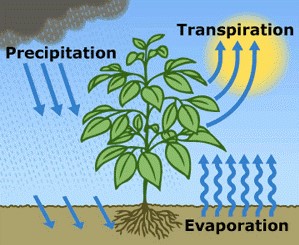
A fák járulékos előnyei
A hőmérséklet csökkentése mellett számos járulékos előnyt is nyújtanak a fák és más növények.
Szöveg és kép forrása: EPA United States Environmental Protection Agency https://www.epa.gov/


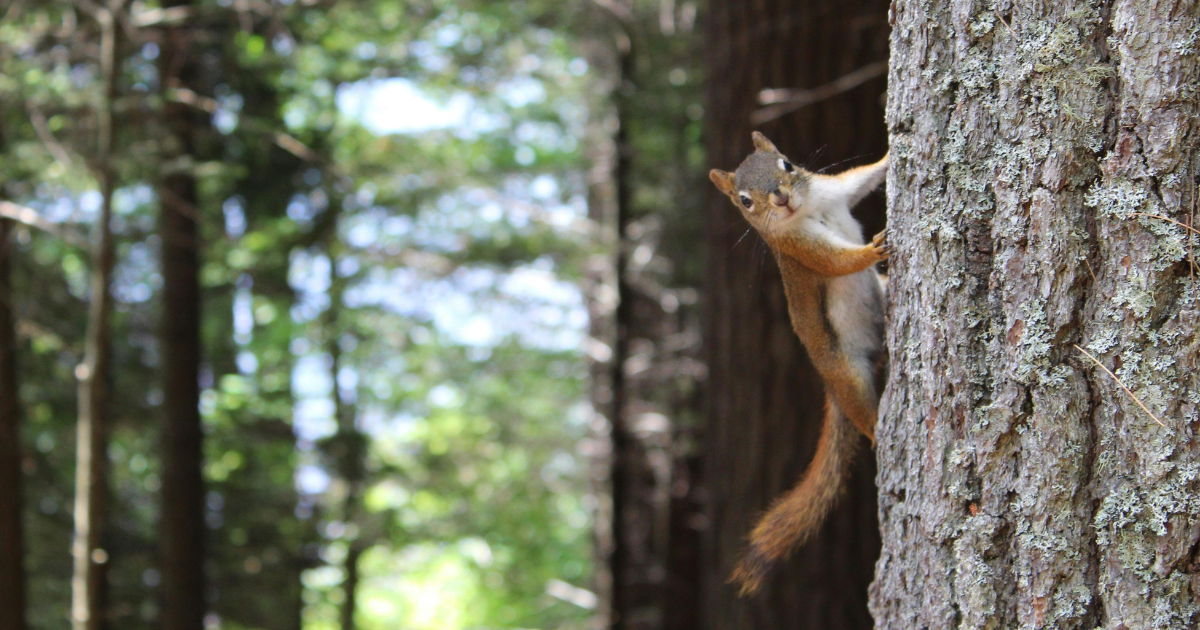

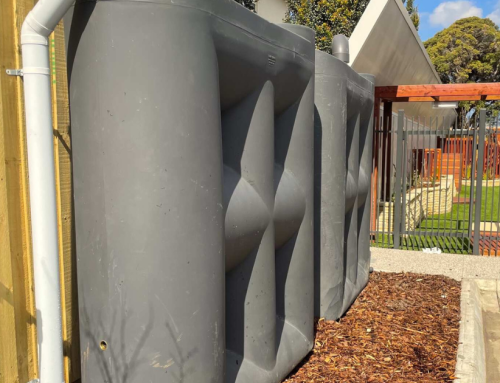
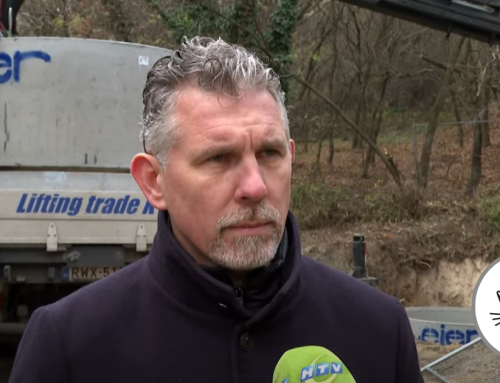
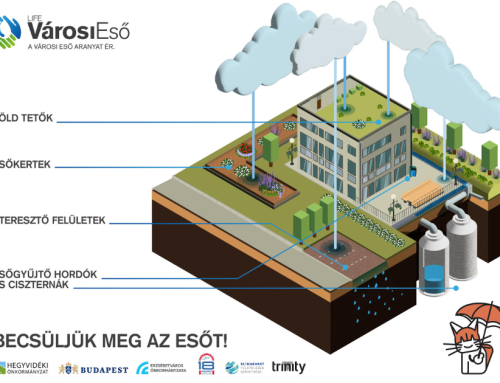
Hagyj üzenetet